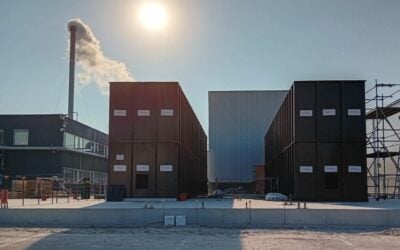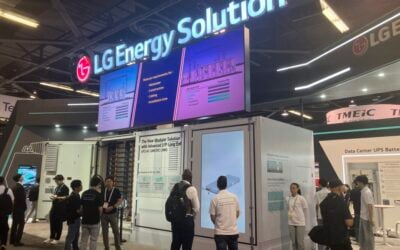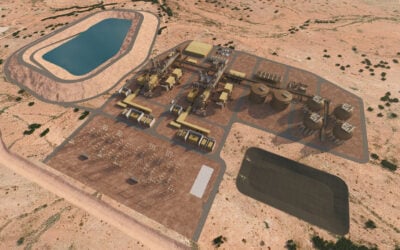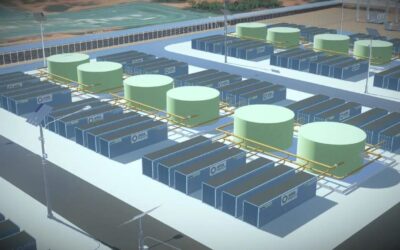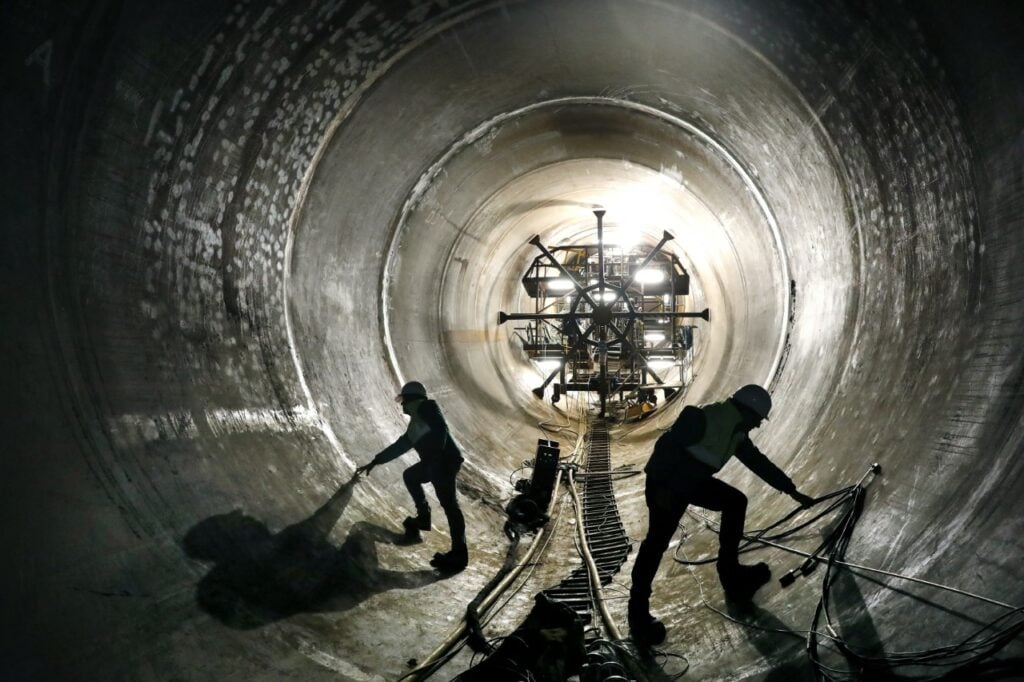
Recognising that pumped hydro energy storage (PHES) could be a key foundation technology for India’s renewable energy ambitions, the government Ministry of Power has issued guidelines for its adoption.
Pumped hydro can be deployed at large-scale as a key aspect of India’s transition to increased shares of renewable energy and is a domestically available, proven and safe technology, the Ministry of Power wrote in its guidelines, published last week.
With the country shifting to deploy 450GW of new solar PV and wind capacity by 2030 under its policy targets – and around a third of the way there today – PHES could supply long-duration energy storage (LDES) to India’s grid network, the ministry said.
In announcing the national Union Budget for the 2023-2024 period at the beginning of February, finance minister Nirmala Sitharaman said that a “detailed framework” of support and regulatory treatment for pumped hydro would be formulated.
Try Premium for just $1
- Full premium access for the first month at only $1
- Converts to an annual rate after 30 days unless cancelled
- Cancel anytime during the trial period
Premium Benefits
- Expert industry analysis and interviews
- Digital access to PV Tech Power journal
- Exclusive event discounts
Or get the full Premium subscription right away
Or continue reading this article for free
That was alongside a commitment of so-called Viability Gap Funding (VGF) for 4,000MWh of battery energy storage system (BESS) projects, along with other clean energy-friendly measures in the budget, chief among them a IR350 billion (US$4.28 billion) pledge for capital investments into energy transition and net zero-driven ‘Green Growth’ projects at the Ministry of Petroleum and Natural Gas.
A further IR197 billion (US$2.4 billion) will go to the National Green Hydrogen Mission, with the budget applauded by the India Energy Storage Alliance (IESA). IESA president Dr Rahul Walawalkar told this site the VGF would help “kick start” demand for stationary battery storage over the next couple of years.
In the meantime, PHES has already been making a comeback in India over the past few years, as regular readers of Energy-Storage.news would note.
However the new guidelines aim to create the framework needed to promote the development of new pumped storage facilities across the country, and align the efforts of the Union government with those of the Indian states.
Despite the fast rise of lithium-ion BESS in the last decade or so, more than 95% of the world’s installed energy storage capacity to date is still PHES, which has been around for more than a century. Roughly 9,000GWh of PHES is in operation today, the Ministry of Power said.
India is targeting net zero emissions by 2070, with an interim 50% renewable energy target by 2030. Even though solar and wind account for just 25% combined at present, curtailment of these sources still happens at times of overproduction and grid congestion.
PHES can help solve that problem at scale, and help grid operators and utilities manage their peak load as well as deliver daily energy requirements, charging up with cheap renewable and/or off-peak energy and discharging to the grid when demand rises.
Among the new draft guidelines are provisions for creating competitive bidding processes for PHES procurements, rules developers should follow once awarded state or central government projects, and costs for building new projects should be benchmarked at 6-hour to 8-hour durations.
Some tax benefits will also be considered, while suitable sites that leverage existing sites like disused mines would be preferable. Perhaps one of the most important among the many other provisions in the guidelines is that PHES projects will be eligible for concessional climate financing, including through government green bonds.
The full draft guidelines can be found here.
Energy-Storage.news’ publisher Solar Media will host the 1st Energy Storage Summit Asia, 11-12 July 2023 in Singapore. The event will help give clarity on this nascent, yet quickly growing market, bringing together a community of credible independent generators, policymakers, banks, funds, off-takers and technology providers. For more information, go to the website.

